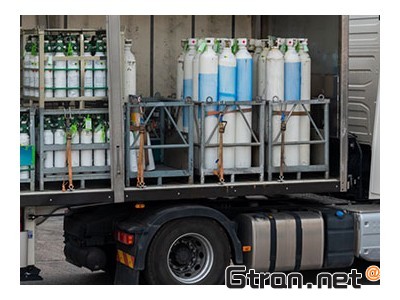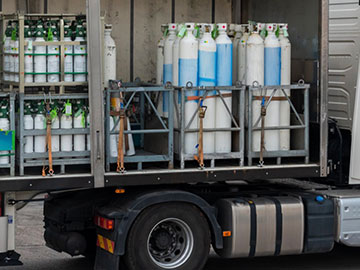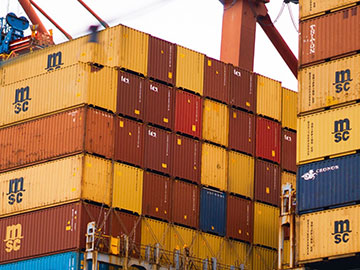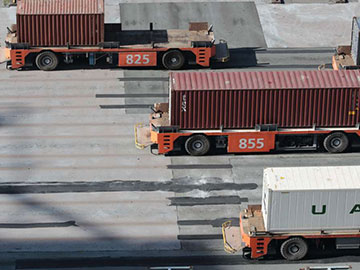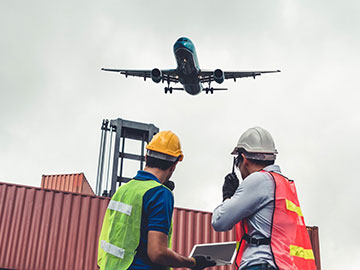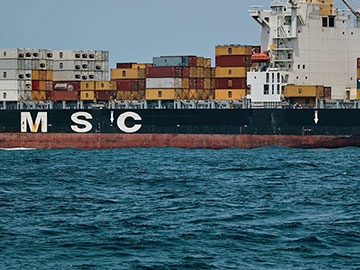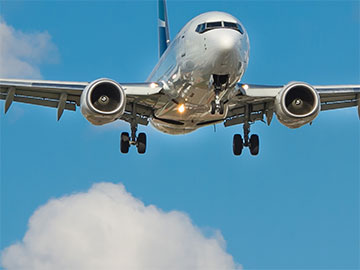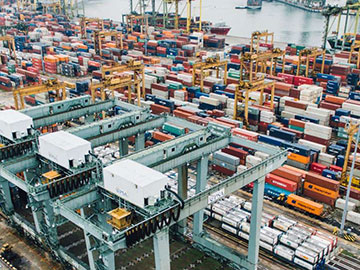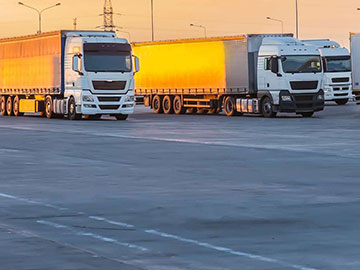Dangerous goods transport: Safe transport by ECL
ECL's services also include the handling of dangerous goods. The term "dangerous goods" is understood to mean goods which either by themselves or due to their contents pose a danger to the public during transport. The danger refers to the health of humans, animals as well as the environment. Especially in the industry the transport of dangerous goods is common. Are you also looking for an ADR forwarder? Then you are well advised with ECL.
Dangerous goods transport: We offer these dangerous goods classes
ECL as a dangerous goods forwarder has extensive experience as well as certifications for dangerous goods transportation. We transport goods safely by our competent and trained staff with our licensed vehicles. With permission to transport dangerous goods by road, we offer transport services for the following classes of dangerous goods based on our ADR approvals:
Class 1: Explosive substances.
These are mass-explosive substances and substances that can cause explosions due to fire or sparks. The danger with this type of dangerous goods transport is that the vehicles could explode during transport. In particular, ignition substances or fuels are classified under this class.
Class 2: Gases and gaseous substances
These are self-igniting substances, some of which are toxic. At high pressure, they can be exposed and cause a hazard. These include, for example, hydrogen, propane gas or hair spray.
Class 3: Liquid substances
Liquid substances are usually highly flammable, such as alcohol and gasoline, among others.
Class 4: Solid substances and objects
These substances have spontaneous combustion properties. They include, for example, sulfur, fish meal or zinc dust.
Class 5: Flammable substances
These substances are not necessarily combustible themselves, but can cause a fire during the transport of dangerous goods. These include in particular substances such as sodium chlorate or hydrogen peroxide.
Class 6: Toxic substances
Toxic substances can attack human health as soon as they enter the organism. This includes, for example, pathogens that arise from medical specimens or hospital waste.
Class 7: Corrosive substances
These are substances that can cause chemical burns when they come into contact with skin or mucous membranes. They can also damage or even destroy objects such as transport vehicles during the transport of hazardous goods.
Class 8: Miscellaneous dangerous substances
These substances or objects can cause a hazard during the transport of dangerous goods, but cannot be assigned to any of the listed dangerous goods classes. These include airbags, which can cause explosions when subjected to high pressure.
To ensure safe transportation, ECL's hazardous materials shipments comply with the following regulations:


